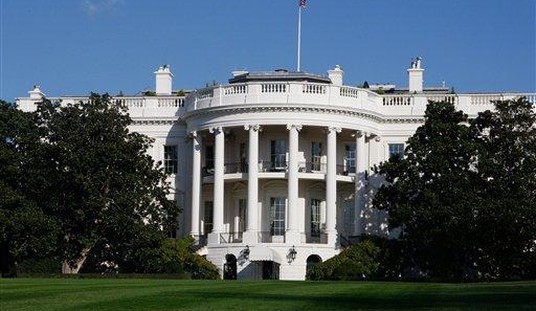On Oct. 1, 2015, the SS El Faro lost communication during Hurricane Joaquin. On Oct. 5 she was declared sunk, and two days later, the Coast Guard suspended their search and rescue mission of the 33 members of her crew, who are presumed to have perished. It was an unspeakable tragedy to strike the merchant marine community, which is now mourning the loss of 33 of their own.
For me, this tragedy struck extremely close to home as my father worked as a chief engineer on one of El Faro’s nearly-identical sister ships for about a decade, and worked the same shipping route as the one El Faro was on when she sunk. While I am certainly no expert, I am more knowledgeable than most journalists when it comes to the nuances of the merchant marine community, and have had the opportunity to take a cruise on a container ship and see a working engine room up close. Thus, I was horrified to see this piece in National Review that laid the blame for the incident not on the Category 4 hurricane, but on federal regulations.
Uh, no. That’s not how this works.
The piece laid out the case for repealing the Jones Act, a 1920 piece of legislation that requires that cargo being brought between two American ports be delivered on a U.S.-flagged ship with American sailors. While I agree that these regulations may seem extreme to someone unfamiliar with the industry, they certainly aren’t deadly. El Faro may have been advanced in age at 40 years old, but she was extremely well maintained (she had an ice-strengthened hull, for instance) and her crew was well trained to deal with the majority of things that happen to a ship in the middle of an ocean. Sadly, all the training in the world cannot help with the ultimate worst-case scenario: losing power smack dab next to a Category 4 hurricane.
The piece also claims that American ships are far costlier than their international counterparts and again places the blame on the Jones Act. While it’s true that American ships are expensive, it’s also important to note that a person gets what they pay for. A quick survey of lists of shipwrecks reveals that the vast majority of ships that sank were not American-flagged, did not have American crews, and that the so-called superior “modern” ships are often the ones that are sinking. There’s a reason why they’re so cheap.
Recommended
Take for instance the MOL Comfort, which broke in two on June 17, 2013 off the coast of Yemen despite being just over five years old. (Call me old-fashioned, but I thought ships weren’t supposed to do that.) She was a Bahamian-flagged vessel, and was built in 2007 in Japan and launched in March of 2008. Thankfully, her crew was rescued before the ship eventually sank.
American ships cost more because they’re built to last—and generally don’t snap in two. Repealing the Jones Act would open up U.S. waters to these ships, actual “rust buckets,” potentially upping the risk factor of an already-dangerous job.
While there’s inherent risk involved in any activity that involves putting a 700-foot ship in the middle of the ocean during hurricane season, American incidents like the sinking of El Faro are very rare, despite the Jones Act critics. Prior to El Faro, the last American merchant marine ship to sink was the SS Marine Electric, which sank in 1983 off the coast of Virginia, resulting in the deaths of all but three of her crew. The Marine Electric’s sinking ushered in many new safety reforms, and thankfully another tragedy had been avoided for more than 30 years. About 100 ships sink each year. The U.S. has lost two container ships since 1983. I like those odds.
El Faro sank extremely quickly, before emergency beacons could be deployed and before the majority of her crew had a chance to get into survival suits. At that point, it’s the sad reality that nothing could have been done to prevent the sinking—the ship is at the mercy of the sea.
We don’t know what happened to El Faro, we don’t know exactly what went wrong, we don’t know why the ship left Jacksonville despite storm warnings, and we won’t know much of anything about what happened to her unless the voyage data recorder is recovered. It’s neither appropriate nor timely to politicize this tragedy before all the facts are known. Suggesting that the Jones Act be “killed” with a bill called the El Faro Act is incredibly distasteful and is a slap in the face to hard-working American merchant marines.
























Join the conversation as a VIP Member